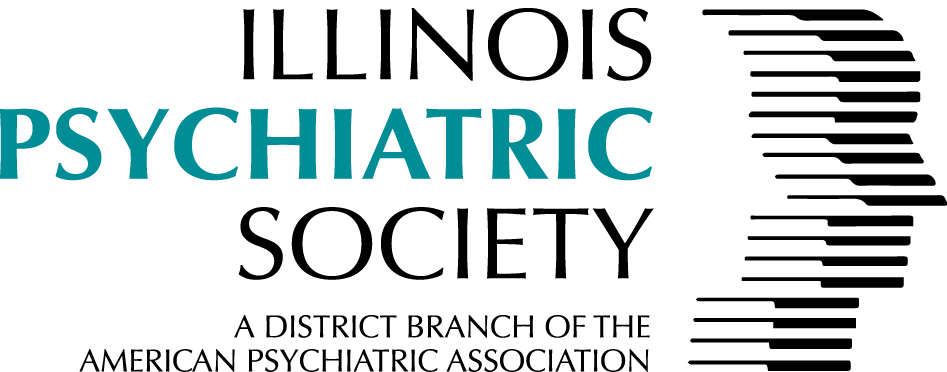By: Nik Raju, MD
Facebook, Instagram, Twitter, Snapchat, TikTok. In the midst of our busy professional and personal lives, it can be tempting to tune out the chatter in the virtual world and focus on the world physically in front of us. Many of us remember - like it was yesterday - the days of dial-up Internet that would occupy the household telephone line as well as the first email clients that would ping us when a new message arrived. You might be thinking, “Why engage in a technology that is seemingly so new?” Anyway, “Isn’t social media primarily used by teenagers and college students?”
Certainly, teenagers and young adults were among the earlier users of social media, especially at the time each of these platforms went online. According to Pew Research Center survey data , in 2006, only 11% of American adults 18 years and older were using social media. However, as of February 2021, 72% of American adults used at least one social media site to connect with family, friends, and organizations, obtain news from a variety of sources, and share online media content with others. Facebook and Instagram are the two most popular social media platforms with adults; TikTok has rapidly become more popular among tweens and teens. During the lockdowns and physical distancing guidelines precipitated by the COVID-19 pandemic, engagement with social media only increased2; the majority of US adults as well as teenagers used social media to engage with friends and family they could not meet in-person as well as obtain daily news updates, especially regarding the COVID-19 pandemic.
During the COVID-19 pandemic, we have all witnessed how quickly misinformation can spread regarding vaccinations and antiviral treatments but also the potential we all have as physicians to combat misinformation and to reach more people beyond the patients that we treat. After my experience assisting with the treatment of COVID-19 patients on my internal medicine ward rotation during residency, while several of my family members were stricken with COVID-19 during the first wave of the pandemic, I posted a status on my personal Facebook account regarding the seriousness of SARS CoV-2 – that this was not just the seasonal flu and how severely it affected my previously healthy family members. Almost immediately afterwards, I received messages from acquaintances who had suspected they had personal exposure and symptoms of COVID-19. While I reminded them I am a resident-in-training in psychiatry and strongly encouraged all of these acquaintances to seek medical advice from their primary care physicians, I was able to explain to them the primary signs and symptoms that my family members and medical floor patients developed, including loss of taste and smell, and encouraged them to obtain a finger pulse oximeter so they can monitor their blood oxygen concentration to decide when they need to seek emergency care.
As the COVID-19 pandemic is now hopefully moving towards the endemic stage after almost two long years, many of the habits that have been developed during the pandemic are going to become part of the “new normal” routine. Most Americans will continue to engage with social media to connect with others, share content, and obtain news. With the increased attention and rising concern for mental health during the pandemic, many Americans are receiving news and information regarding mental health conditions on social media as well.
As physicians with an expertise in mental health, psychiatrists are in a unique position to counter the tide of misinformation by dispelling common mental health myths as well as encourage mental health awareness and advocacy among the general public. We can have a wider impact on improving mental health through education and advocacy on social media, and engaging with the Illinois Psychiatric Society Facebook page is a great way to start!
[1] Pew Research Center. (2022, January 11). Demographics of social media users and adoption in the United States. Pew Research Center: Internet, Science & Tech. Retrieved February 28, 2022, from https://www.pewresearch.org/internet/fact-sheet/social-media/
2 Molla, R. (2021, March 1). Posting less, posting more, and tired of it all: How the pandemic has changed social media. Vox. Retrieved February 28, 2022, from https://www.vox.com/recode/22295131/social-media-use-pandemic-covid-19-instagram-tiktok
Electronic Spring 2022 | Issue 50

